The Six Zones of Neuroplasticity
If you have not read part one yet, tap here
This series of articles is about maximizing your Neuroplasticity through complex movement.
In Part Two, I am going to discuss six ways you can focus your attention to maximize your Mind/Body interconnectedness. The benefits of Neuroplasticity are more tangible to your brain and nervous system when you create combinations and associations in your fitness training and/or in your Spiritual practice.
In Part One I suggested the following practices to help you focus on Mind/Body/Brain connection and regeneration. There are many more possible practices to choose from, but these will cover the needs of most people.
- Standing or Moving Meditation
- Deep Stretching
- Resistance Training
- Breathwork
- Prolonged Stillness
- Regular Complete Silence (or natural sounds like rain falling)
- Anything that includes or combines Dancing, Singing, and Music
Bringing as many of these opportunities together at the same time is the most effective.
Because there are a thousand specific choices, and because our objective is mixing things together, I am going to invent (for context) the Six Zones of Neuroplasticity.
1. Your Sacral Plexus
If you were to stand still in a Qi Gong standing meditation posture for 20 minutes some very powerful things begin to happen.
Standing with your knees bent as if you were a crouching animal for a while is a form of resistance training and invites you to find some prolonged stillness. Settling into your lower body, relaxing your neck and shoulders and becoming intimately aligned with gravity will shift your state from ‘what is next?’, to ‘What is NOW?’
This ancient method of holding extended postures is an essential aspect of Qi Gong, Martial Arts, and Yoga practice. Standing meditation takes each of us from a place of nervous anticipation to an instinctual sense of readiness. Adding some gentle movement or gradual postional changes shift your body awareness even deeper into your instinctual self.
Relaxing into your pelvis, relaxing through your knees, moving with intention, relaxing into the ground, all engage your Sacral Plexus.
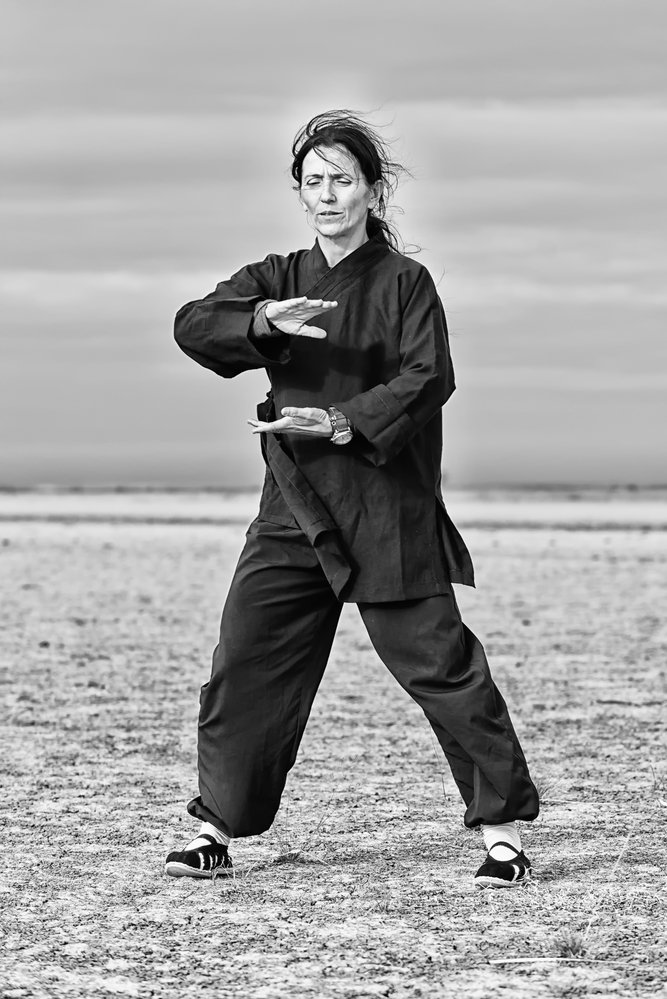

Your Sacral Plexus is the bundle of nerves that come out of the bottom of your spine and innervate your legs and lower abdomen. These nerves are the most important aspect of your Fight and Flight responses. The more you are connected to your Sacral Plexus the better you will be at sports, sex, and walking on ice. Feeling confident is feeling connected to your survival capacity, or your ability to deal with unexpected and potentially threatening situations. Focusing your attention on your sacrum and pelvis as you engage in any other practice, connects the practice your instincual self.
It is the same with relaxation. It could be said that you can only relax as deeply as you are actually ready for something scary to happen. Paying attention to your Sacral Plexus during meditation or when you are dancing changes the ‘tone’ or ‘energy’ in some noticibale ways. Relaxing through all of the instincts and urges of your sarum, or Root Chakra, will help every other aspect of your body and being.
It is like having a secret doorway into patience.
One of the biggest injuries that can happen to your Sacral Plexus is Trauma. Most forms of Trauma induce a Freeze state or a shutdown of your ability to move, react, or run. Many people who have experienced severe trauma describe leaving their body and watching what happened rom above.
Bringing awareness, stillness, movement, confidence, and playfulness back into your Sacral Plexus, Pelvis and legs are a fundamental part of trauma recovery.
Standing meditation is my personal go-to Sacral Plexus check-in.
Often within a few minutes, I feel more connected to my animal body and natural aliveness.
Deep Stretching is also profoundly beneficial to your Sacral Plexus and your animal body. Beyond the common sense of good posture and biomechanics, stretching your pelvis and legs can release a lot of repetitive fatigue and invite you to feel deeper into your instinctual self. Repetitive fatigue happens when we sit, stand, bend, lift, cross our legs, etc., too much. I use the term animal body to remind you that every nerve, bone, and muscle in your body has millions of years of memories of moving most of the time – for your whole life!
Resistance training is all about metabolic resilience and physical strength. Given that your Sacral Plexus is so connected to feeling ready for anything, developing some physical strength and stability could change the way your Mind and Body think and feel about themselves and each other.
Breathwork, at higher levels of training, involves rocking and very coordinated contractions throughout your perineal floor and sphincter muscles. Rocking your sacrum in a way that is timed with your breath can engage an instinctual self-soothing response that resists going into a freeze response. The contraction of your individual pelvic muscles, in coordination with contractions in your diaphragm, reconnect your Solar Plexus with your Sacral Plexus, which can be a crucial phase of trauma release therapy.
Standing and Moving Meditation are great doorways into your Sacral Plexus and into Neuroplasticity. Down-regulating stress hormones and inflammation from your immune system is obviously beneficial to your brain and nervous system. Relaxing into meaningful and prolonged stillness will gradually teach you what your animal body knows about feeling ready and confident.
Dancing does the same thing!
If there is a ‘best medicine’ for humans, I think it is dancing.
The next time you go dancing, move with your attention on your sacrum and pelvis. The next time you watch others dance, notice the difference in the way people move with their pelvis and how you respond to the differences.
Your first guide on your journey to using Mind/Body integration for Neuroplasticity is your Sacral Plexus.
Keep your knees bent and your sacrum alive with attention!

2. Jing and Mojo

In Traditional Chinese medicine, the term Jing means ‘most refined and potent’, or ‘essence’. Some people consider Jing to be a substance, something you can have and lose. Some would say Jing is a state of being, a sense of personal presence, adaptability and Mojo.
As a substance, I think of Jing as the abundance and balance of all of your hormones and neurotransmitters, vitamins, minerals, and other essential substances that support optimal health.
As a state of being, feeling your Mojo is like tapping into your felt sense, your sense of purpose and passion, and your innate aliveness. As long as that experience is always available, you have enough Jing or Mojo. If you do not, then the following opportunities should inspire you to improve your Neuroplasticity, help you avoid becoming a Koala, and get you back in touch with your Mojo.
Standing/Moving Meditation and Silence, stretching, lifting some weights, breathwork, dancing and singing can all help you check in with and adjust your sense of Mojo. Any of these practices can help you begin your day full of vigour, or help you settle into your being before bed. The felt sense of your animal body has a profound impact on your health and mindset. Besides the embodied benefits of these practices, there is a lot of research on how they physiologically improve the balance of your hormones, neurotransmitters, and state of CNS distress.
To get the most out of this Mind/Body Interconnection, you just need to focus on your feelings of Grrr and Prrr…
Standing Meditation with a focus on Prolonged Stillness, Resistance Training with a focus on bodyweight training, and dancing can increase a hormone called Osteocalcin. When you create something called axial load on your bones, or a force that pushes on them end-to-end, your body prepares for increased energy usage and danger by secreting Osteocalcin. This hormone has been shown to make people more adaptable to short-term and long-term stress in several ways.
Any kind of Resistance Training will improve your metabolism and increase another hormone called Human Growth Hormone (HGH), which is considered to be an anti-ageing hormone.
Grrr… Prrr…

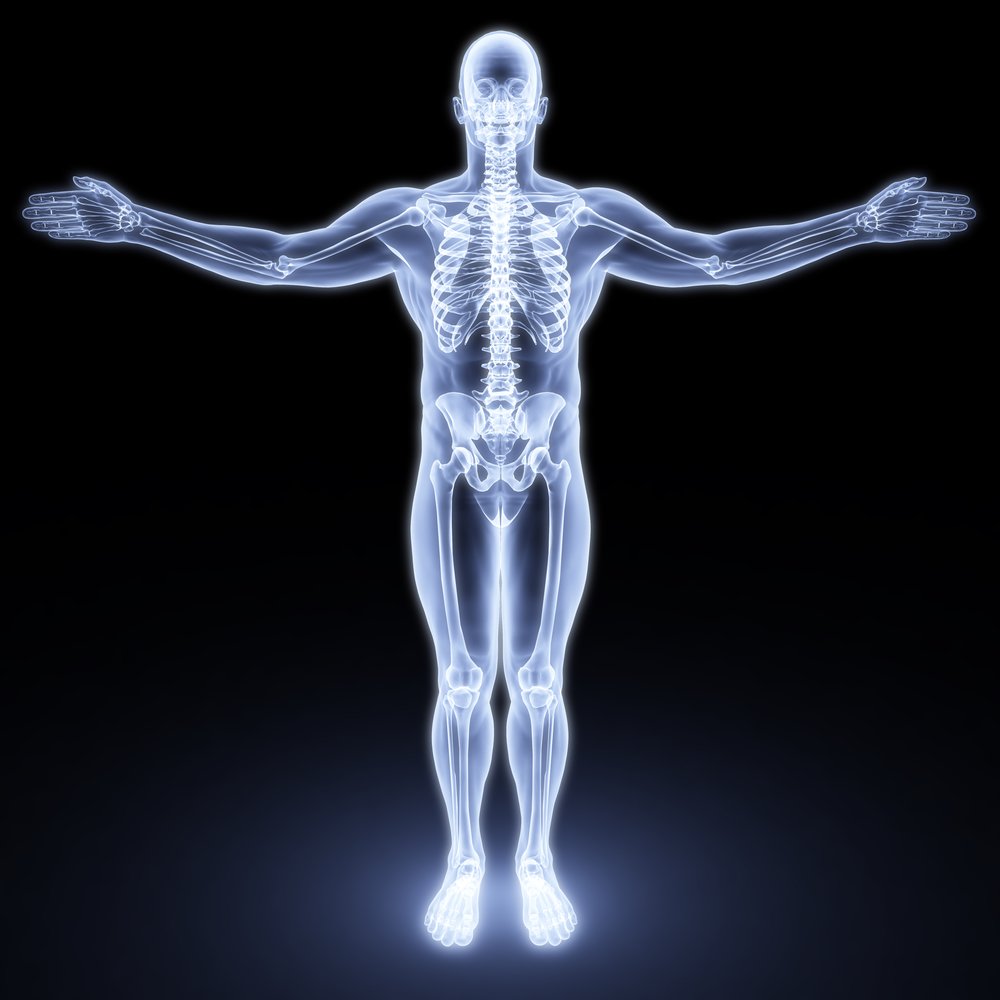
Deep Stretching can regulate your stress hormones and neurotransmitters in a few ways. The innate sense of relief that comes with relaxing into a stretch, feeling the tension and letting go is very tangible and enjoyable on an embodied level. Biochemically, deep and thorough stretching can induce a very rare growth hormone called Nerve Growth Factor (NGF).
Stretching can also help release inflammatory signals and the neurotransmitters involved in Embodied Trauma. This combination of NGF and the release of latent distress (or energy stagnation) gives your nervous system and brain a more open field to grow in. It is also why Qi Gong, Tai Chi, and Yoga masters live long, healthy, and alert lives.
Stretching, done skillfully, is very important for anyone with neurological problems, chronic inflammation, diabetic neuropathy, depression, anxiety, or insomnia.
Try This!
Reach one of your hands out to the side at the level of your diaphragm and then drop your elbow. If you keep reaching away from your body while relaxing and dropping your elbow, your hand should start to tingle. The nerve trunk going from your spine all the way through your arm down to your fingers is like a group of electric wires. They can stretch a little, but at a certain point, your nerves will tell you they are being pulled on or pushed on more than normal. This is meant to be a subtle sensation. If you go too far you can injure your nerves. That tingly ‘energy’ feeling tells your nerves to grow.
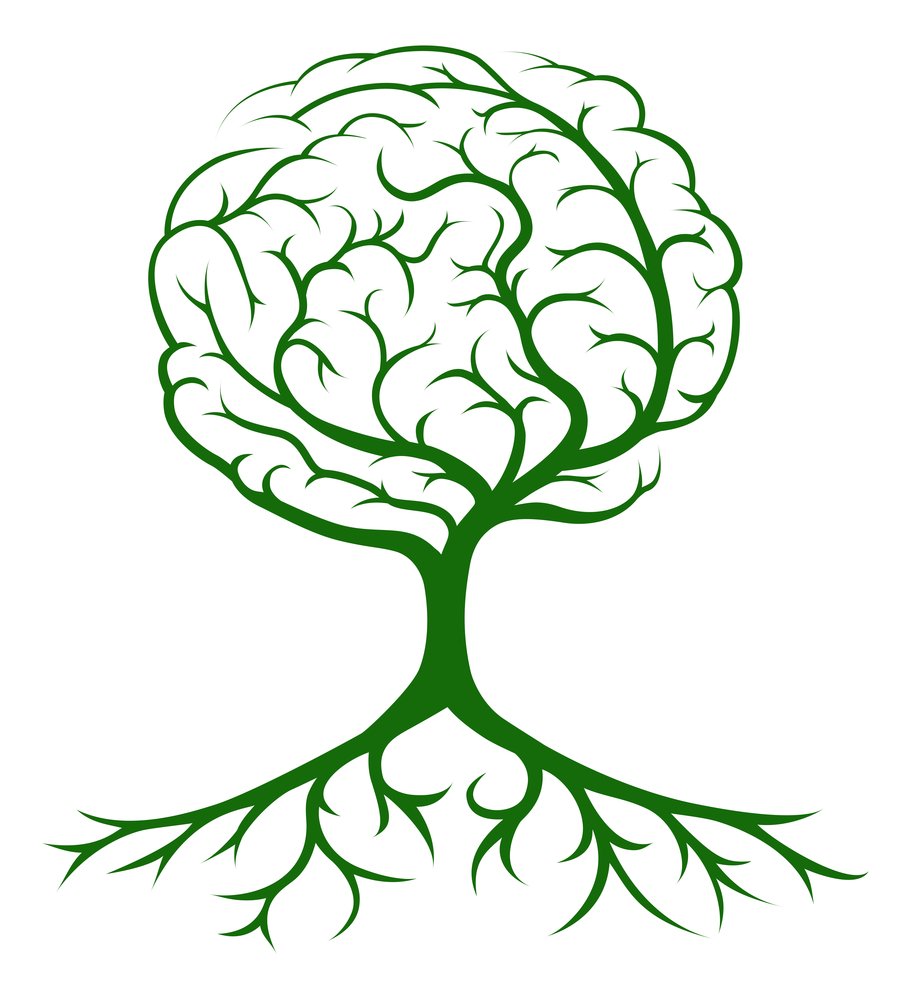
Breathwork can regulate many things as we will see below. But, any conversation about Neuroplasticity and a sense of Mojo should include two powerful facts about therapeutic breathwork.
If you practice breathwork regularly and properly you can increase the production of Nitric Oxide and Brain Derived Neurotrophic Factor (BDNF).
Nitric Oxide improves your circulation, your stress tolerance, and your ability to regulate neurotransmitter function in your brain. Nitric Oxide also improves libido and sexual function, which definitely feels like a boost to your Jing and your Mojo.
Brain-Derived Neurotrophic Factor can be stimulated through exercise as well as breathwork. BDNF, as the name suggests, helps your brain repair and regenerate itself over time.
I always like it when modern science and Traditional Chinese medicine agree with each other. If you can keep your bones strong, your brain and nervous system full of active growth hormones, your Jing will be strong. If you keep your nerves, muscles and fascia open, flexible, and free of latent trauma, your sense of Mojo will be AMAZING!
3. Proprioception
If you close your eyes, you should be able to touch the tip of your nose with your finger. That can happen because your brain knows where your fingertip is based on the change in length of all of your muscles. This internet like connection of your entire nervous system is called Proprioception, or your perception of position and movement.
The reason the police make people touch their noses when they get pulled over is to test their proprioception or the present state of their frontal cortex. Alcohol disorients or ‘shrinks the volume’ of coordination in your frontal cortex. So does sitting all day!
Proprioception is the third most important Mind/Body interconnection because it literally is the physical and biochemical internet of your entire being. When you are investing in a complex movement practice for neurological regeneration, increasing the normal limits or expanding the ‘volume’ of your frontal cortex coordination is a playground of opportunities.
Humans learn four times better when we are having FUN!
The Koala story reminds us that brains can shrink over millions of years.
Modern health statistics tell us that you have to use it or lose it!
If you want to keep the volume, or the amount of active interconnectedness, or the internet of your brain as robust as possible, then it is time to invest in your proprioception.

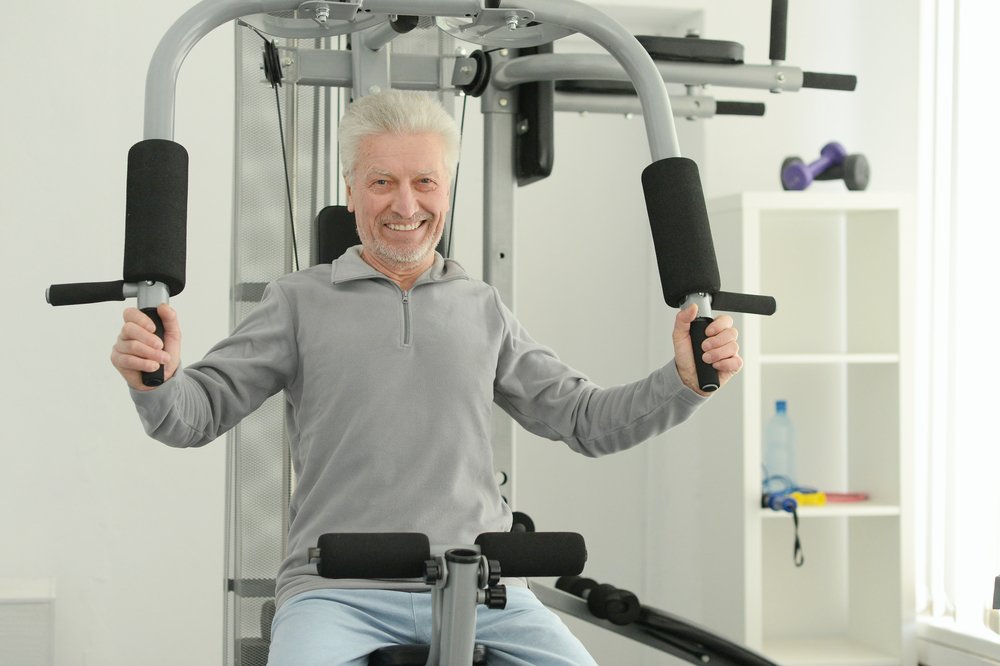
Resistance Training of any form is the fastest way to improve Proprioception.
You can use free weights, machines, bodyweight, or any other chance to push, pull, and balance. Within three weeks, your nerve-muscle network, including the growth hormones Human Growth Hormone (HGH) and BDNF (above) will begin to change the way your nervous system remembers itself.
This creates the best foundation for longer term changes in Neuroplasticity.
I have seen Elders who were diagnosed with a degenerative condition decide to become fit, muscular and mentally agile in their 60’s and 70’s. Across the world, Elders who spend more time in the gym or more time in some kind of embodied practice like Qi Gong or Yoga are living longer and more agile lives – in every way!
How many of our seniors are living like Koalas because of a lack of movement?
Deep Stretching is great for Proprioception because you develop a more refined sense of position and alignment.
I mentioned that Trauma can be stored in your muscles and Fascia as inflammatory capsules and neurotransmitters of distress. Stretching can support the gradual process of Trauma release, reconnecting to your Mind/Body sense of trust, safety, and presence.
Proprioception, as a practice, could be described as being ‘in your body’ in a more and more effective way every day. Recovering from Trauma is the same experience.
If it is time to unravel some old emotional knots and wounds, I offer an online course called Somatic Qi Gong.

Standing/Moving Meditation, Dancing, and Prolonged Stillness all help you develop some of the extremes of Proprioception.
If you recall the importance of your Sacral Plexus and your instinctual sense of readiness for life, imagine training your Sacral Plexus to be as agile as a panther.
Imagine your entire nervous system feeling connected and playful enough to dance to any kind of music.
Standing still for extended periods of time, relaxing and settling every minute or two, will teach you more about alignment, balance and your layers of connective tissue than anything else I have learned.
One of the themes of life, love, combat, healing, and stillness is a sense of reaching.
Prolonged states of embodied presence and exploration, reaching into the stillness is one of the reasons why Qi Gong and Yoga were invented, and why they are practiced around the world every day.
Breathwork and Singing can help with Proprioception in some subtle ways as we will see next. In the context proprioception, it is important to point that controlling your diaphragm has some deep connections to your primal nervous system. The part of the nervous system thst is most affected by chronic stress, inflammation and trauma.
Breathwork and singing can both help re-establish a better tone in your CNS, especially your Vagus nerve.
4. Breathwork
A skillful, consistent and progressive Breathwork practise can change your life in about three months.
Just like a bellows in a forge, Breathwork can be a significant catalyst in Neuroplasticity and neural regeneration. Breathwork can measurably balance your Parasympathetic and Sympathetic, or your Fight or Flight and your Rest and Digest states in two minutes. Most people with high blood pressure can reduce their BP numbers by 20 percent in two minutes with conscious Breathwork.
This ability to measurably change your Mind/Body interconnections makes Breathwork one of the top six approaches to Neuroplasticity!
Breathwork is usually combined with a standing or seated meditation practice, taking you deeper into stillness and silence.
Progressive relaxation practices like incremental breathing can be used clinically for the treatment of anxiety. As an embodied somatic experience, predictable relaxation and mild euphoria are powerful allies in stress reduction and better mental focus.
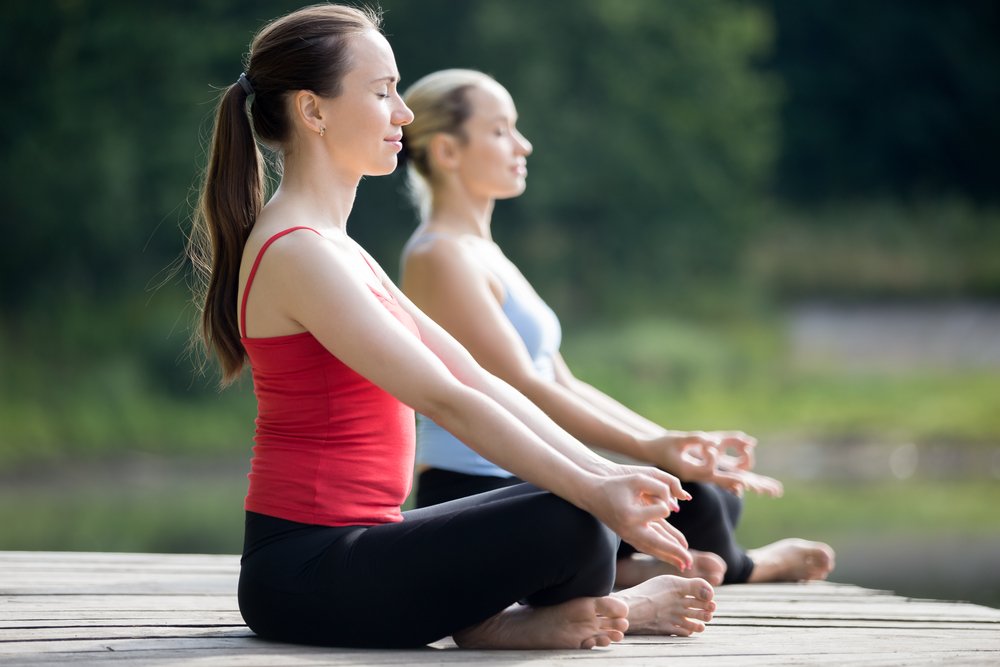

Deep Stretching, Resistance Training, Dancing and Conscious Breathwork are an amazing combination for bringing Mind, Body and Meaning together.
Imagine stretching and actively letting go of an old relationship as you open your chest and abdomen in a deep stretch, releasing attachments as you exhale in waves.
Image the same experience while dancing ecstatically to music that moves your body like a lover.
This balance of extremes between monk-like stillness and Shaman like wildness, especially with Breathwork, can improve something called Heart Rate Variability (HRV), which is another measurable status for how responsive and adaptive your body is becoming.
As I mentioned above, regular Breathwork practice can increase both Nitric Oxide and BDNF in your brain.
Interesting things start to happen when you dramatically increase your blood oxygen levels. One phenomenon that has gotten a lot of attention recently is the increase in blood pH, which causes your blood to become more Alkaline.
Some research has shown that the combination of higher Nitric Oxide and BDNF with more Alkaline blood serum improves the function of your BH4 (Tetrahydrobiopterin) pathway. Regular practice of hyperventilation specific Breathwork can regulate and increase the availability of neurotransmitters like Serotonin, Dopamine, and Acetylcholine.
Breathwork is not only very good for your CNS, your adaptability and your brain. It is also one of the most powerful tools in supporting people through the process of trauma release and somatic reorientation.
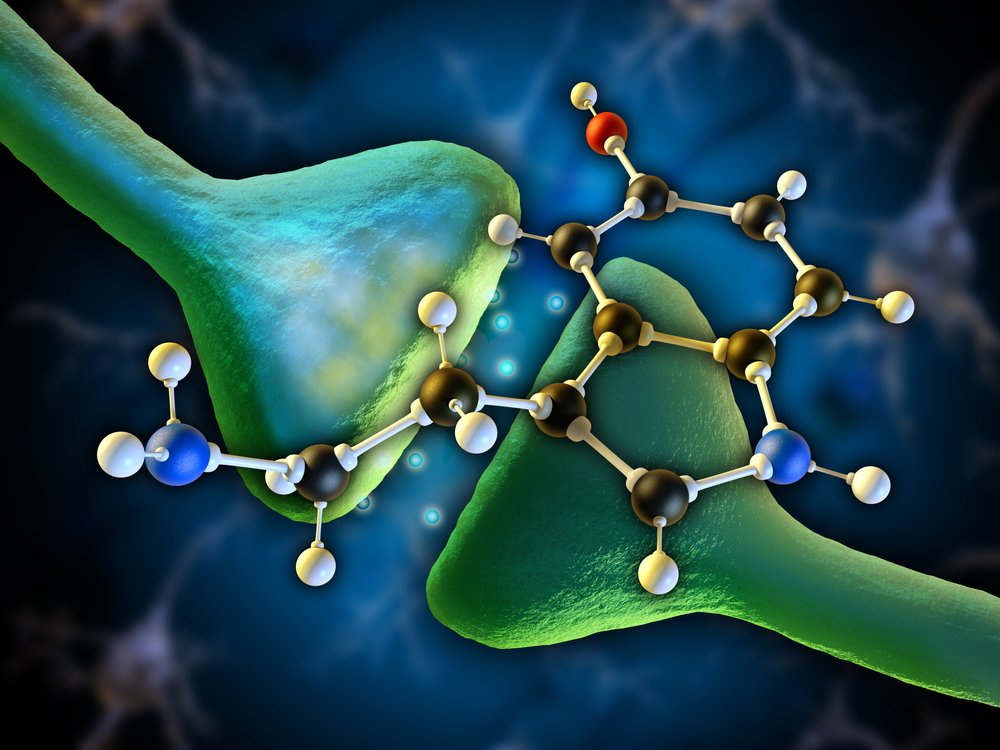
To say that Trauma changes people is to say that water is wet!
Recovering from Complex trauma is a long and very personal road. The greatest challenge on that road is trust.
If you were abused as a child, you have every possible reason to have ‘trust issues.’ If you experienced trauma in a war, your ability to reintegrate with your family and friends when you come home can also make it hard to feel connected, safe, and like you belong.
Humans are hard-wired for connection, communication and collaboration. Your ability to notice subtle changes in another person’s body language, facial expressions, and tone of voice are instincts. It is estimated that 60percent of any conversation happens underneath of your conscious mind through Neuroception.
Neuroception is a description of the subtle information that is exchanged between all animals through boidy language, facial expression and tone of voice. It could be a mugger or a 2-month-old puppy. There is a clearly a semi-conscious form of shared percetions and intentions in most animals.
On an instinctual and neurological level, humans develop trust and connection through your Polyvagal System. This part of your CNS determines whether you will trigger a Fight, Flight, or Freeze response to a perceived threat. If the situation is unclear but has the potential for success, your Polyvagal CNS will move towards a Tend and Befriend response. If you need the others help but they are unpredictable and dangerous, your instincts will settle for a Cringe or Cower response.
Your instinctual and visceral animal body, your sensual and somatic body has a limit for how long you can live under the oppression of another. At a certain point you will Fight back or you will shut down and stop beleiving you deserve the right to negotiate.
If you have spent many years with a Polyvagal CNS, or instinctual mistrust of others, or a general shut-down of interest, Breathwork is your best ally to bring your Neuroplasticity efforts right where you need them.
In your Solar Plexus

Your Polyvagal System is connected to your diaphragm, gut sensations, adrenal glands, perineal floor muscles, vocal cords and facial muscles.Mostly through your Solar Plexus.
Breathwork practices that are focused on complex coordination, rocking, rhythmic contractions, incremental breathing, breath-holds, and hyperventilation can all help regulate and reintegrate the alert status of your Polvagal System.
Trauma Release can involve uncontrolled emotional relases, shaking, sponateous movment, and a lot of weeping. When it is time to free up any Trauma you may have stored in your bady, Breathwork is safe and effective. Especially with a trained facilitator.
The opposite of Mind/Body interconnection is Mind/Body constraint. Trauma is one of the greatest barriers in improving Neuroplasticity. Start gently and be consistent.
If you are new to the science of Breathwork, check out this article on The 4 branches of breathwork. (coming soon)
5. Stillness and Silence
Humans are unique in the animal world because we can predict outcomes.
If you were to stand still for 20 minutes, what do you predict you would spend most of that time thinking about?
Prediction helps us collaborate and create the world together. Prediction will also create an inner world. If life is getting out of control or too disorienting and painful, then what you predict will reflect that.
Regular deep dives into Stillness and Silence allow your Mind/Body integration and Neuroplasticity a predictable opportunity to rest and reorient to the world.
Sometimes, in a meditation practice, you will be unable to ignore what is going to happen in 10 minutes or in the next 10 years. Or, you may feel regretful, or resentful, or sad, or mad about what happened 10 minutes, or 10 years, or even ten thousand years ago.
Sometimes, in a meditation practice, you will find the presence and curiosity to feel. To feel it all. To feel deeper into to the abyss and find the infinite wisdom and compassion that is there. To feel into the subtle nature of your body and begin the journey of interacting with your Energy Centers and your Innate Minds.
Meditation is practiced around the world.
It is a predictable reunion with the next universal lesson you need to learn.
Lessons you can only find in the stillnes and the silence of your inner life.
If you are wondering why stillness is good for you after I have warned you about the fate of the sluggish Koala, the difference is about intention and a balance of extremes.
If complex movement is your most powerful ally in avoiding neural loss, embodied stillness can become the canvas you paint your new neuropathways onto.
There is structure in your brain called your Hippocampus. Your Hippocampus has a lot to do with short-term memory formation. The fastest way I know of to restructure and regrow your hippocampus is to find four hours of silence. You will get some benefit from 20 minutes, but longer is much better.
Silence can be hard to find in the modern world. If you cannot find silence, then focus on ambient sounds like falling rain. If I want to go into a deeper practice and cannot control the noise around me, I play a Youtube video that is several hours of rain in the jungle.
There is some research that suggests people who have insomnia keep waking up at night because their brain is starving for silence. And the only time they’re going to get any conscious silence is about 3 o’clock in the morning.
If there is a physical metaphor for what happened to our furry Koala friend’s brain, it is your hippocampus. No silence equals a smaller brain, more silence means a more robust brain.
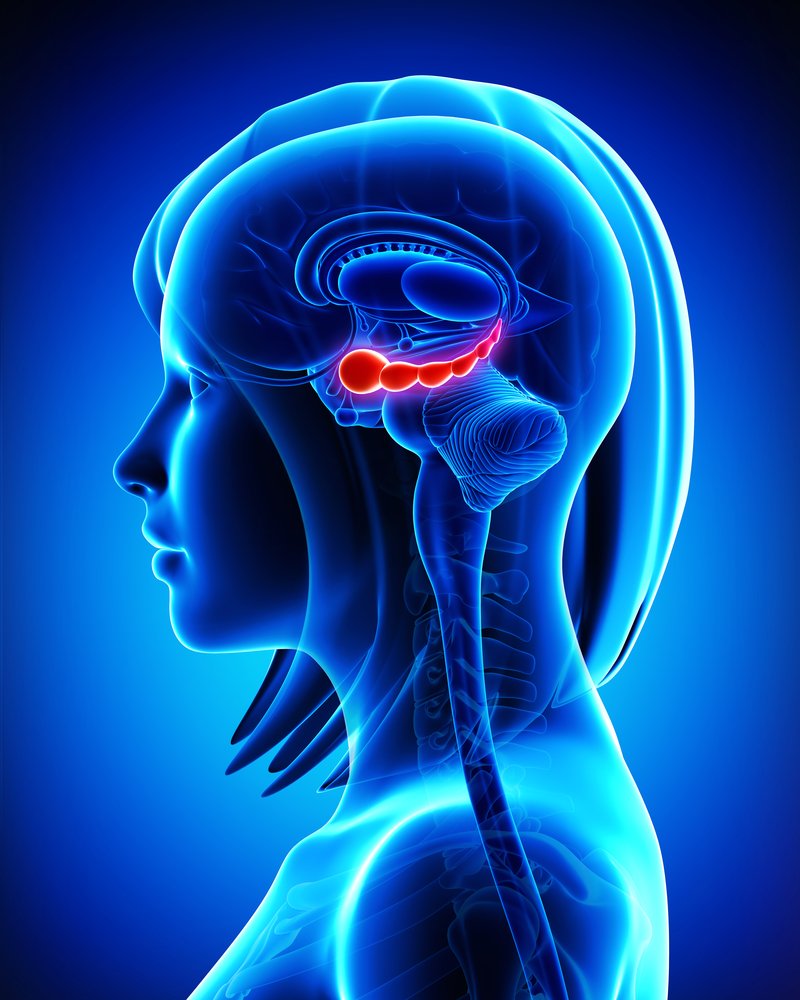
6. Music, Dancing and Singing


The sixth opportunity for Mind/Body interconnection is music.
Music, song, and dance are VERY powerful influences in every aspect of life because of association.
Research has shown that people with Dementia remember music from their childhood. More importantly, they remember people and experiences that are associated with the same songs. This shows us that the brain wires memories in layers. One layer is the music, one is your first kiss, one is the name of your crush.
The same has been seen with movement, dancing and music. Dementia patients who have trouble walking can dance to the right music.
Dancing by itself starts in your sacral plexus, activates your Mojo, increases Proprioception, invites deep breathing, has an inner stillness, and can be done in silence or to music.
Singing activates your Solar Plexus and, like music, creates a layered memory. There is some evidence that singing can improve the circulation of cerebrospinal fluid through your brain, helping it stay young and happy!
How is Your Inner Koala?
That is a lot to think about!
Which of these opportunities to improve your Neuroplasticity will you invest some time into?
Do you see the wisdom of focusing on creating conscious interactions with as many practices as possible?
I hope your inner Koala is feeling inspired to expand its horizons and explore some complex movement.
In Part Three, I will share some ideas on creating a Morning Neuroplasticity Practice – Step-by-Step.



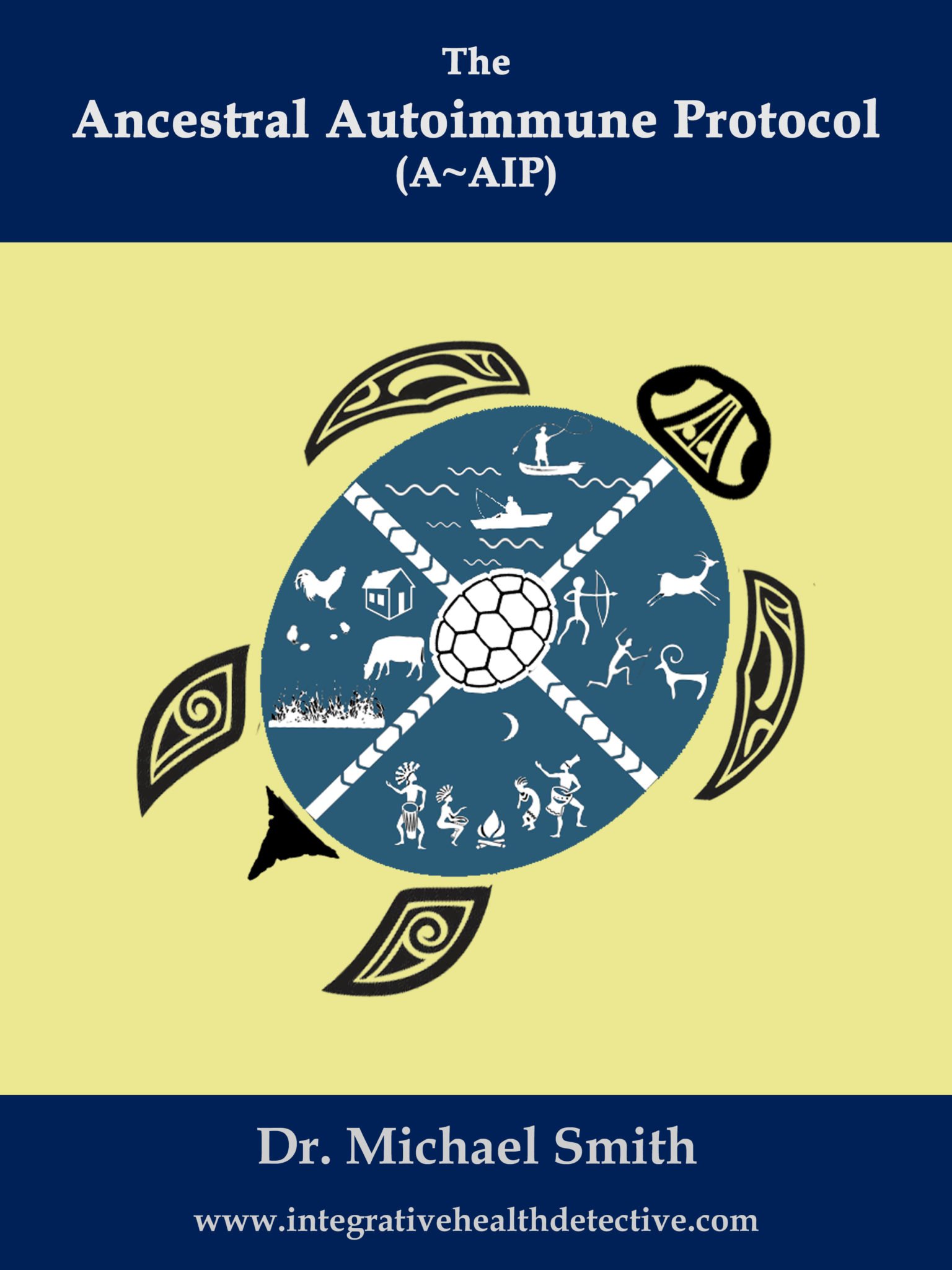
YES! Please send me a FREE copy of the Autoimmune Protocol Ebook!
Begin your healing journey with this 65-page guide to understanding Autoimmune Disease and the Ancestral approach to restoring healthy immune function while repairing your body from the inside out.
Sign up for a regular newsletter offering you the information and inspiration that has helped thousands of people heal their lives!
We respect your privacy.
You will only receive your FREE Ebook and our newsletter.
Recent Blog Posts
Autoimmunity – Early Warning Signs Questionnaire
Immune System Problems Can Start Before Birth Listening [...]
The Six Pillars of the Ancestral Autoimmune Protocol – One
Every Journey Begins with a Single Step... When [...]
Rest, Recovery, and the Importance of Winter
Phase One of the Ancestral Autoimmune Protocol is rooted [...]





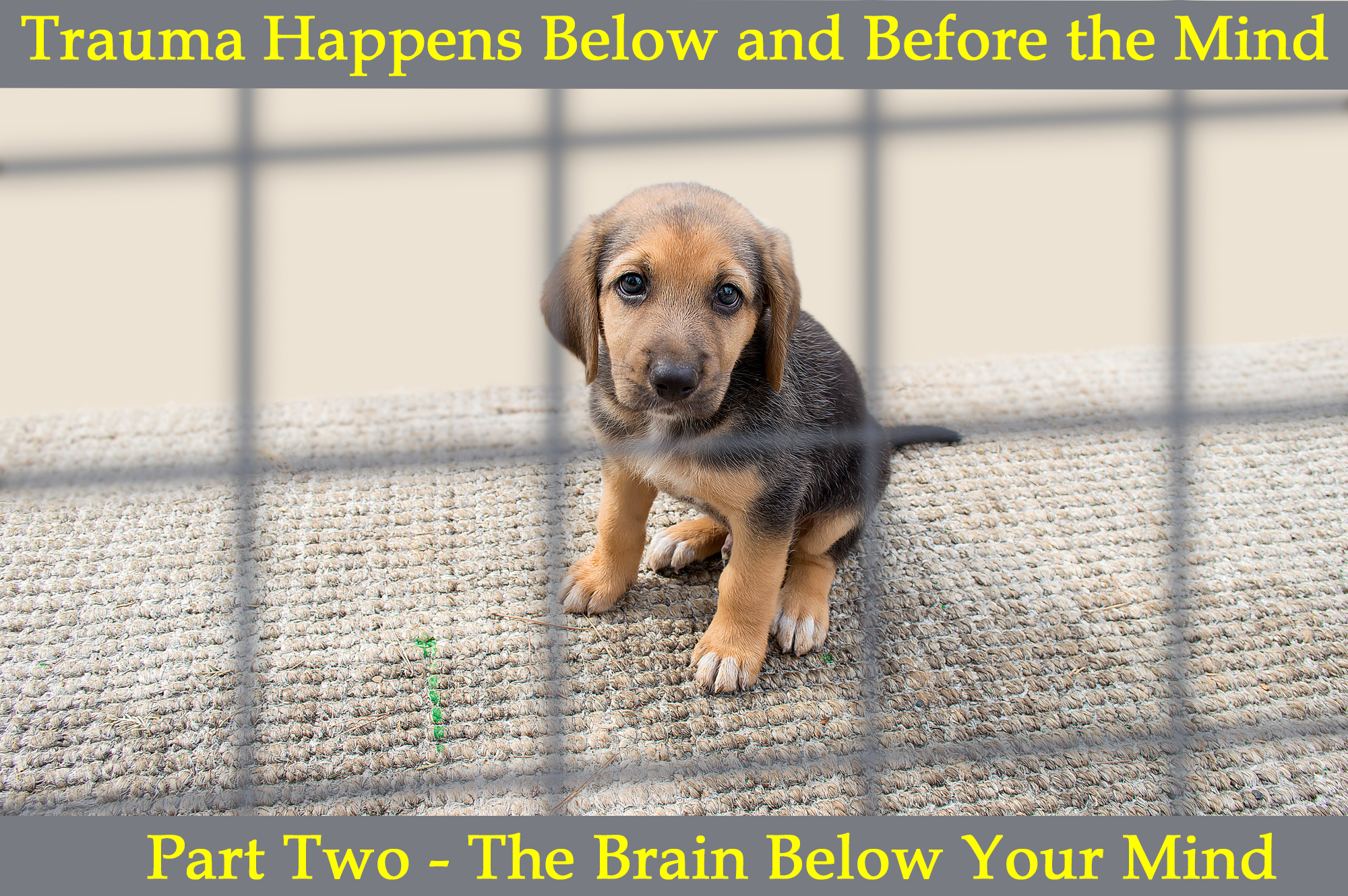


Leave A Comment